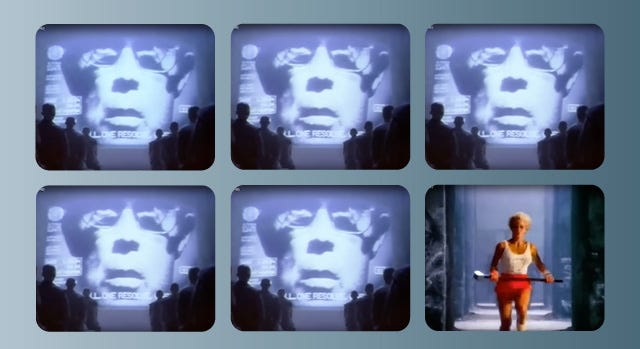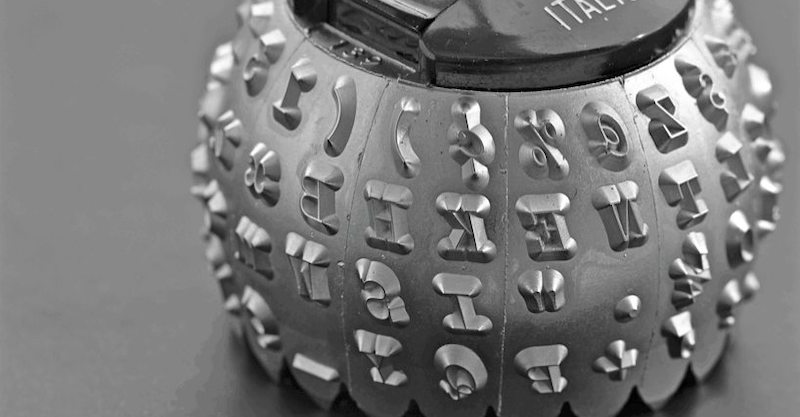It’s been said that desktop publishing democratized graphic design. For those of you too young to know what the term means, it means the technology that enabled graphic design to go digital. It was an ecosystem, really: the Mac, PostScript, LaserWriter, and PageMaker. But before all that, designers depended on typesetters to set type.
David Langton writing for UX Collective:
A lot was lost when the Macintosh wiped out the traditional typesetting industry. From the art of typography to the craft of typesetting, many essential elements were lost. Typesetters were part of a tradition that stretched back more than 500 years to Gutenberg’s printing press. They understood the basics of type: kerning (spacing between the letters), leading (the space between lines of text), and line breaks (how to avoid widows — those solo words abandoned at the end of a paragraph). They knew about readability (like how to avoid setting type that was too wide to read). There were classic yet limited fonts, with standards for size and leading that assured that everyone working within common ranges maintained a threshold for quality. Yet it was in the craft or business side of typesetting that these services were most under appreciated. Typesetters provided overnight service. They worked overnight, so graphic designers did not have to. We would finish our days specifying the type, and the typesetters would keystroke the manuscripts, proofread, stylize the type, and set up columns following our instructions.
Designers would then pick up the galleys from the typesetters in the morning. The black type was photographically printed on white photo paper. You’d have to cut them up and paste them onto boards, assembling your layout.
Because this was such a physical process, we had to slow down. Langton says:
But since the Macintosh became an in-house tool, the process was reversed. Now, designers design first, then think about it. This shift in process has contributed to a trivialization of the role of graphic designer because anyone can noodle around with the Mac’s sophisticated type tools and make layouts. The design process has been trivialized while the thinking, the evaluation, and the strategic part of the process are often abandoned.
One small thing I’ll point out is that desktop publishing wasn’t popularized until 1985.
- PostScript was released by Adobe in 1984.
- The LaserWriter printer was released by Apple in 1985.
- PageMaker was released by Aldus—later bought by Adobe—in 1985.






















